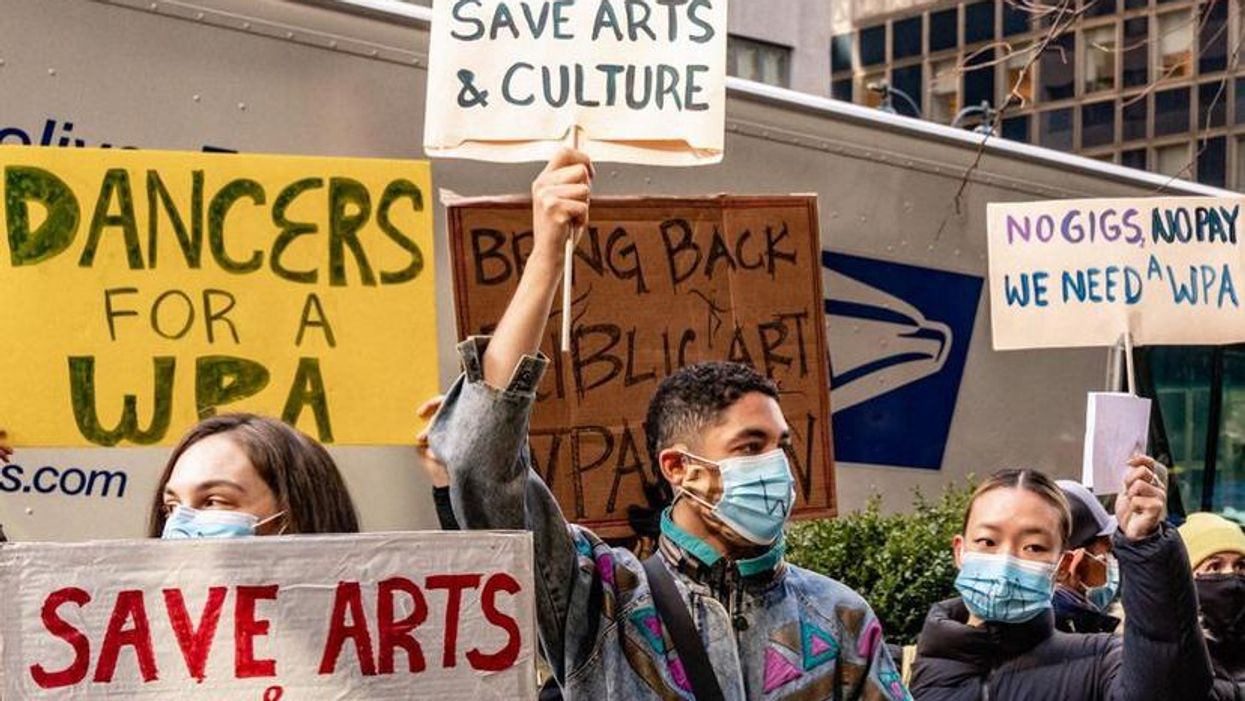What Does It Take to Create a Healthy Working Environment for Dancers?
If you’re an early-career choreographer, your needs are likely many and your resources few. There’s rehearsal space to rent, dancers to gather, schedules to align—and that’s not including the all-important creative labor of making the dance itself. But setting up a supportive working environment where dancers feel safe is a piece of the puzzle that you shouldn’t neglect.
“If you want your work to be sustainable and develop a good reputation in the field, this is something to cultivate right off the bat,” says Sarah Cecilia Bukowski, a volunteer committee member of the Dance Artists’ National Collective, an advocacy group for workers’ rights in dance. “If you have dancers who are provided for, respected and have contributed to your process, you’re going to get a much richer work.”
Creating a healthy space doesn’t require a full-time administrative team or even a big budget—just some forethought, empathy and follow-through.
Treat the Dance Studio as a Workplace
“Dance work is work, full stop,” says Bukowski. By treating your rehearsals and performances as work experiences, you’ll convey to the dancers that you value their time and energy. Bukowski suggests creating a contract. “Early-career choreographers’ projects are often the gigs that go uncontracted, because it doesn’t feel within reach for them to give contracts to the dancers,” she says. “But it’s an important practice to start.”
Over the past year, many of DANC’s members met virtually to brainstorm what should be included in their modular, template Letter of Agreement (the document that defines the terms and conditions of a relationship). DANC’s LOA has four main sections: wages, benefits, working conditions and equity. Some suggestions will likely be beyond a new choreographer’s capabilities—hazard pay or health insurance, for example—but certain elements should be standard. “At minimum,” Bukowski says, “a contract should include rehearsal and performance dates, times and locations, as well as accessibility information, pay rates and a pay schedule—including compensation policies in case of an unanticipated cancellation.”
Give your team ample time to read and discuss the contract. “Not just one-on-one, but also as a group, so they have some sense of solidarity,” says Bukowski.
Communicate, Often and Openly
An open line of communication will ensure that your dancers feel safe to share honestly how they’re feeling. “On or before the first day of rehearsal, block out time to have a conversation to establish some mutually held values, in terms of how rehearsals will run, how communication will happen—even how dancers can raise concerns,” Bukowski suggests.
Offer your team the chance to share anew each time you meet. “Have check-ins at the beginning of rehearsals to allow your collaborators to express how they’re feeling that day,” she says. “Are they dealing with injury? Some kind of emotional stress? All of that affects the way we’re able to work together.”
Stay Grounded in Reality
Bukowski once worked with a choreographer who wanted to create a piece for 15 professional dancers with a $1,500 budget. That would’ve worked out to only $100 per dancer for a significant rehearsal commitment. Bukowski’s suggestion? “Shape your vision to the realities you’re working with,” she says, noting a reduced cast size as a viable option.
Remember your own experiences as a dancer in other people’s projects, and use that as a touch point when deciding what you’ll ask of your dancers.
On Consent
An important part of making sure your dancers feel safe is offering them the chance to make informed decisions if your work requires nudity, intimate partnering or other theatrical elements that require consent.
When Zev Steinrock, a certified intimacy director with Intimacy Directors and Coordinators (an organization that pioneers best practices for intimacy and nudity in live performance), teaches a workshop, he uses Planned Parenthood’s definition of sexual consent to define consent for theatrical intimacy. “Ultimately, the principles are the same, because we’re talking about body autonomy and participating in actions with your body involved,” he says.
Freely given:
“That means with full autonomy, with sound body and mind,” says Steinrock. “I can’t give consent if I’m under the influence, completely exhausted, distracted or in a hurry.”
Reversible:
“If I consented to nudity and then I find out more details—it turns out it’s with a fluorescent spotlight, it’s full-frontal, and somebody is going to be pointing at me and talking about my body parts—I need to be able to change my mind.”
Informed:
“If somebody says, ‘Are you okay with nudity?’ I don’t have enough information yet. Walking around in underwear could be considered nudity. Showing my buttocks could be considered nudity.”
Enthusiastic:
“If someone says, ‘Are you okay with nudity?’ and I say, ‘Ah…I guess,’ that’s not enthusiastic,” says Steinrock. “And anything other than an enthusiastic yes is a no.”
Specific:
“Keep it to the context that you’ve established—don’t improvise beyond those consent parameters,” he says.




